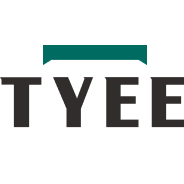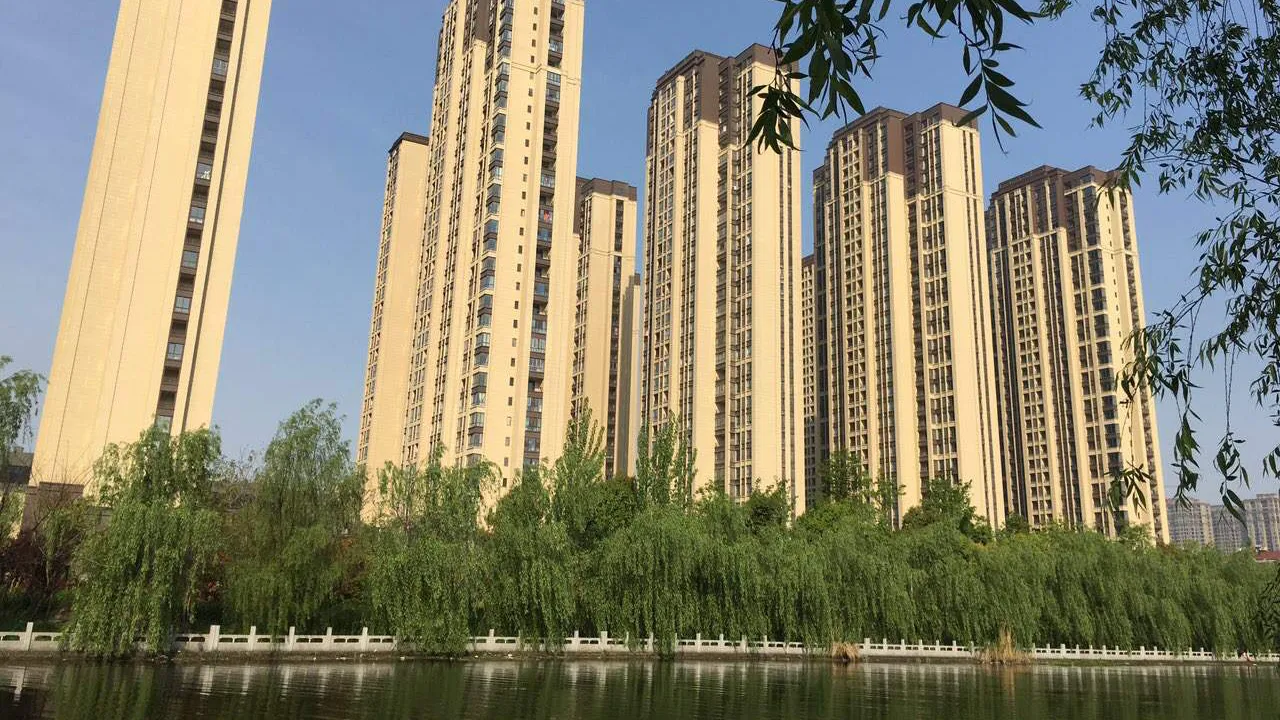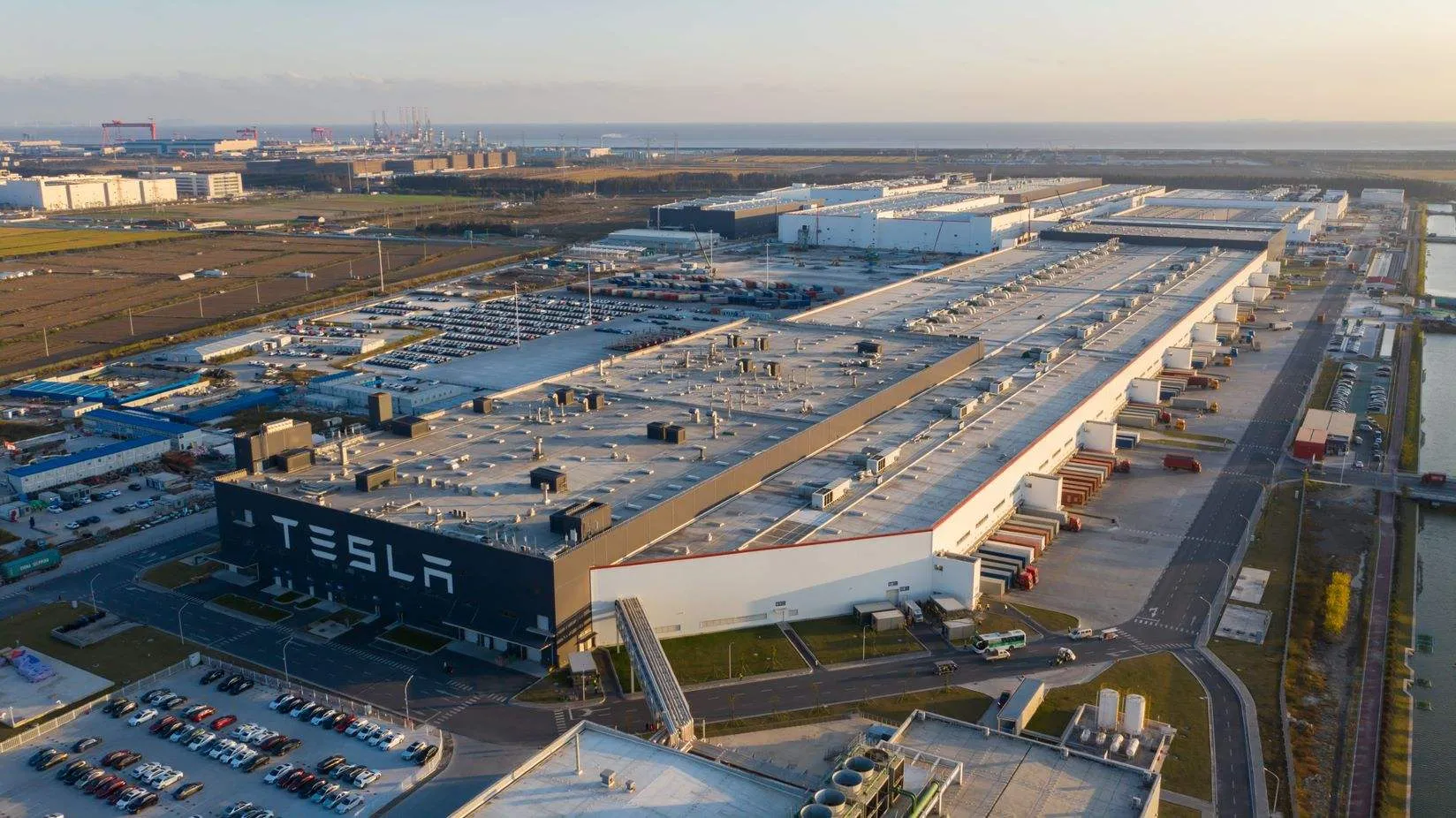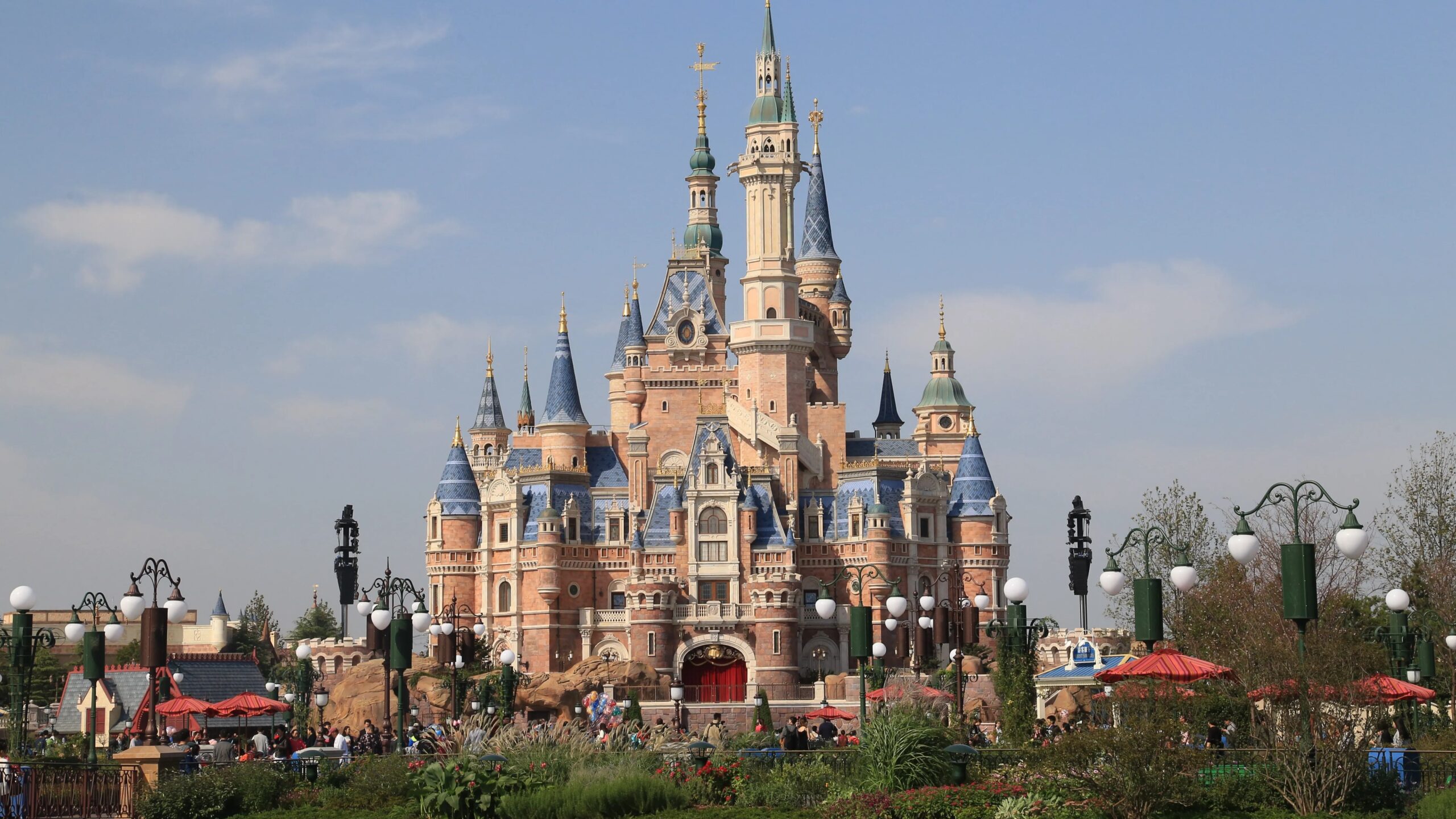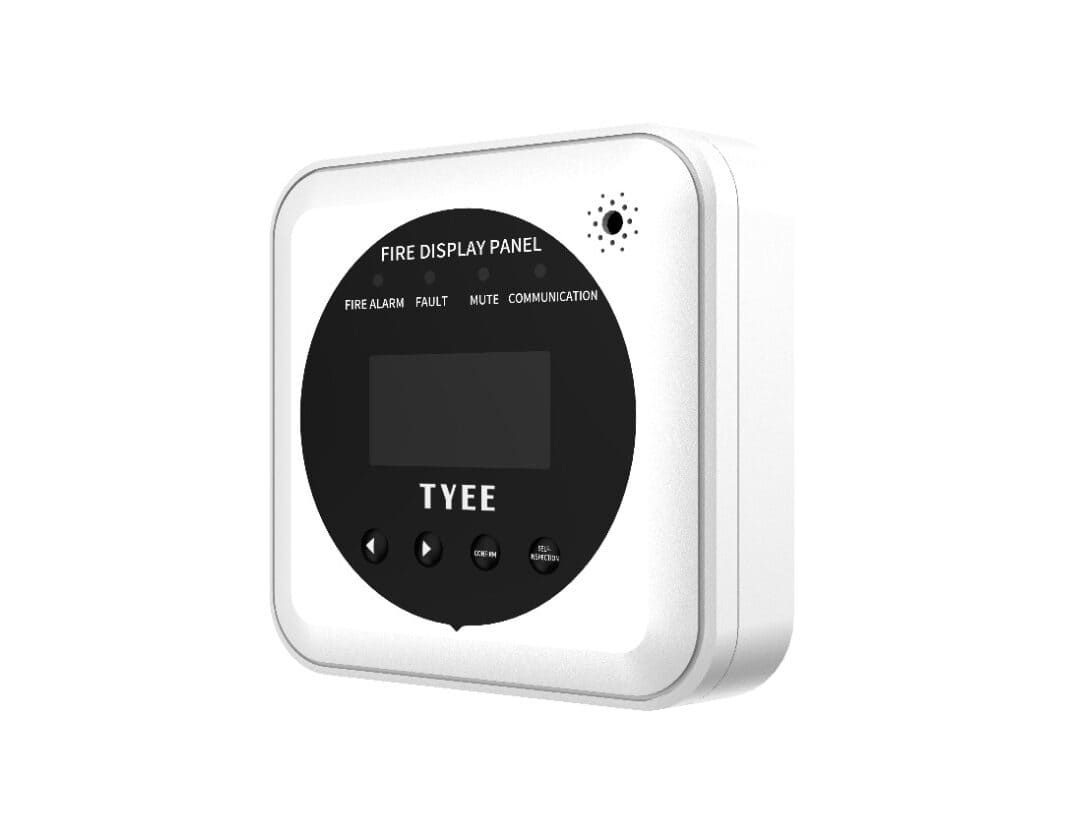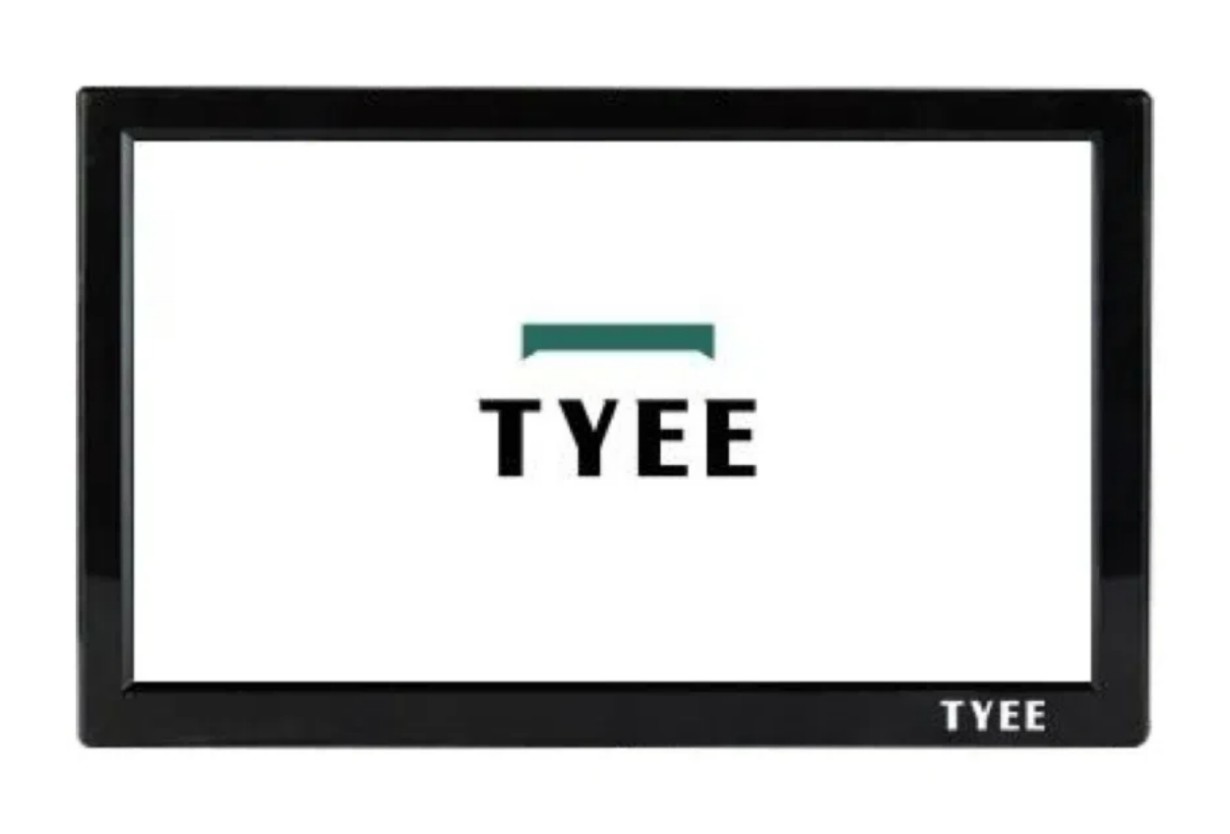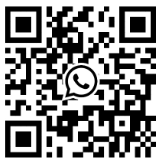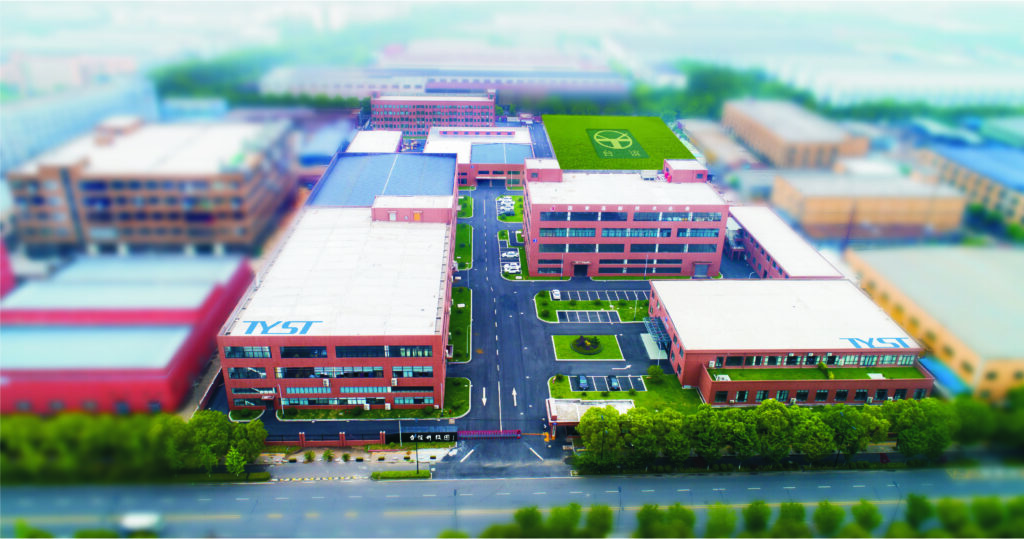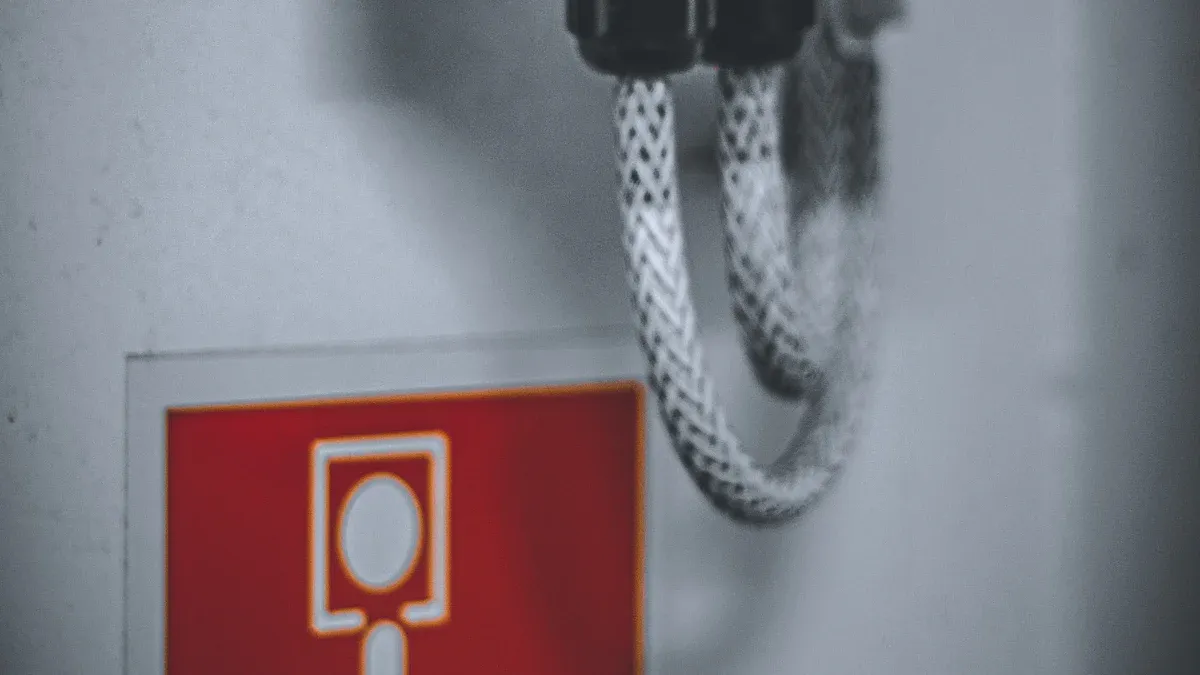
Protecting your building and its occupants starts with selecting the right fire alarm system provider. Reliable systems, like those offered by Tyee, help reduce risks and ensure compliance with fire safety regulations. According to the National Fire Protection Association (NFPA), U.S. fire departments respond to over 3,000 office fires annually, resulting in $112 million in property damage. Advanced fire alarm systems, such as those incorporating IoT and AI technology, significantly minimize these losses by improving efficiency and response times. Choosing a provider like Tyee, who understands and utilizes these innovative tools, is essential for optimal safety.
Key Takeaways
-
Think about what your building needs before picking a fire alarm. Check the size, layout, and fire risks to cover everything.
-
Make sure the provider has the right certifications and follows local fire rules. This keeps things safe and legal.
-
Look at the provider’s experience and reputation. Find good reviews and proof they’ve done similar work well.
-
Check if the fire alarm works with your current safety tools. This makes emergencies easier to handle.
-
Compare costs and value closely. Pick a provider with clear prices and dependable systems to avoid surprise expenses later.
Understand What You Need
Picking the right fire alarm system starts with knowing your needs. Checking these needs helps match the system to your building, risks, and budget.
Building Size and Shape
Your building’s size and shape affect alarm type and placement. Big or tricky layouts need custom plans for full coverage. Alarm sounds can change based on building setups, like open or closed doors. For example: hallway alarms might not wake people in complex layouts. This shows why systems must fit your building’s design.
Fire Dangers and Risks
Every building has different fire risks based on use, materials, and people inside. Knowing these risks helps pick the best alarm system. Studies show checking fire types and alarm success improves safety. For instance:
-
Smoke alarms lower fire deaths at home after rules required them.
-
Research in 39 countries shows alarms work better when matched to risks.
By spotting your building’s weak points, you can choose a system that keeps everyone safer.
Money and Future Plans
Paying for a fire alarm system means more than just buying it. Planning for the future keeps it working well. Good systems can lower insurance costs, saving money over time. Also:
-
Spending on yearly checks and fixes avoids surprise costs.
-
Saving extra money for repairs helps you stay ready.
A smart budget protects your building and supports long-term safety goals.
Canada’s HomeSafe program showed how careful checks improve fire safety. By adding more working alarms and cutting fire injuries, it proved that planning saves lives and property.
By thinking about your building’s size, risks, and money, you can pick a system that keeps everyone safe and follows the rules.
Verify Certifications and Compliance

When picking a fire alarm provider, checking for certifications is crucial. Certified systems and providers follow the law, lower fire risks, and improve safety.
Industry Standards
Fire alarm systems must meet strict rules to work well. In the U.S., NFPA 72 sets the rules for designing, installing, and maintaining fire alarms. Europe uses standards like BS EN 54 and BS 5839, which explain how alarms should perform and be tested.
Important rules include:
-
Alarm devices must match their specific purpose.
-
Nameplates must clearly show how devices should operate.
-
Special alarms for unique areas must meet extra rules.
Choosing a provider who knows these rules ensures your system is safe and reliable.
Local Fire Safety Regulations
Each area has its own fire safety rules for alarms. These rules cover how alarms are installed, checked, and used in emergencies. Breaking these rules can lead to fines or unsafe conditions.
For example, regular cleaning stops grease from building up in vents. This lowers fire risks and keeps fires from spreading. The table below shows why following safety rules matters:
|
Benefit of Compliance |
Description |
|---|---|
|
Cleaning stops dangerous grease from collecting. |
|
|
Eliminates ignition sources |
Maintenance removes things that could start fires. |
|
Reduces fire spread |
Proper setups slow down how fires spread. |
|
Documents safety protocols |
Creates clear safety steps for kitchens. |
Working with a provider who knows local rules keeps your system safe and legal.
Vendor Certifications
A provider’s certifications show their skill and trustworthiness. Studies show higher certification levels mean more experience and better service. The table below explains common certification levels:
|
Experience Required |
Specific Roles/Functions |
|
|---|---|---|
|
Level I |
At least 6 months |
Basic tasks like installing and testing alarms. |
|
Level II |
At least 2 years |
Includes maintenance and inspections. |
|
Level III |
At least 5 years |
Handles technical and project management. |
|
Level IV |
At least 10 years |
Manages big projects and technical operations. |
Pick providers with certifications that match your project’s needs. This ensures skilled professionals handle your fire alarm system.
By checking certifications and rules, you protect your building and follow the law. Always choose a provider who values safety and meets industry standards.
Evaluate Experience and Reputation
Picking a fire alarm provider means checking their experience and reputation. Providers with good reviews and proven success help ensure safety.
Track Record
A provider’s history shows how well they do their job. Look for companies that have worked on buildings like yours. Providers like Tyee use their years of experience to solve fire risks. They follow rules and create smart solutions.
The table below explains how a strong history improves service:
|
Provider |
Improvement Description |
Impact on Service Quality |
|---|---|---|
|
Cenova |
Made workflows easier and added a client portal |
Better services and stronger relationships |
|
Grounds Control USA |
Used existing methods with the UtilizeCore platform |
Happier customers and more revenue |
|
US Snow Pros |
Planned ahead for storms to offer more services |
Big boost in yearly profits |
|
Power Cooling |
Added live tracking for better performance |
More control and visibility |
Providers with reliable records, like Tyee, meet compliance rules and handle unique fire risks.
Customer Reviews
Reviews show what others think about a provider’s work. Good reviews mean the provider cares about quality and customer happiness. Check reviews from other businesses to see if the provider is dependable. For example, reviews from Wellington and Delray Beach stress customer satisfaction. Providers like Tyee often get high praise for their great service.
Tip: Find reviews that mention handling tough fire risks or following rules. This helps you pick a provider focused on safety.
References
References let you check if a provider’s claims are true. Talk to past clients about how the provider managed installs, repairs, and emergencies. Trusted providers, like Tyee, share references to prove their skills. Contacting these references shows if the provider fits your needs and follows rules.
Checking a provider’s experience and reputation helps you choose one that values safety and reliability. Tyee’s strong history and happy clients make them a great choice for fire alarms.
Think About Services and System Integration
Proper Fire Alarm Setup
A good fire alarm setup makes sure it works well. Experts adjust the system to fit your building’s needs. They place alarms in the best spots for full coverage. For example, alarms in kitchens or storage areas need careful placement to catch fires early.
The table below shows why proper fire alarm setup matters:
|
Key Metric |
What It Means |
|---|---|
|
Follows Safety Rules |
Meets safety codes and avoids penalties. |
|
Matches the alarm system to your building’s needs. |
|
|
Expert Installation and Connection |
Links alarms with other safety systems for better protection. |
|
Better Performance |
Lowers the chance of problems and ensures testing is done. |
|
Uses New Technology |
Recommends advanced systems with better safety features. |
|
Regular Maintenance |
Includes checks and fixes to keep the system working well. |
|
Confidence in Safety |
Makes you feel sure the system will work when needed. |
Picking a skilled provider lowers risks and keeps your system reliable.
Works with Current Systems
Your fire alarm should work with your other safety tools. Connected systems make safety easier and faster. For example:
-
Linking with cameras lets you see what’s happening during emergencies.
-
Door systems can unlock automatically to help people leave quickly.
-
Combining alarms with security systems creates one control center for emergencies.
These connections improve safety and make handling emergencies simpler. This is important when choosing a provider.
Support and Quick Help
Good support keeps your fire alarm system ready to work. Providers with 24/7 help fix problems fast and reduce downtime. Delays in alerts can slow evacuations and increase danger. For example, 49% of teams face delays from late alerts, and 42% still use slow manual methods.
Choose a provider with strong support services. Look for regular checkups, fast repairs, and clear communication plans. This keeps your system ready to protect your building and everyone inside.
Compare Pricing and Value
When picking a fire alarm provider, balance cost and value. A good provider offers clear prices, fair long-term costs, and dependable systems. This ensures you get the most for your money.
Clear Pricing
A reliable provider should explain all costs upfront. This includes charges for setup, upkeep, and extra services. Avoid providers who hide fees or don’t explain their prices. Clear pricing helps you plan and avoid surprises. For example, a good quote lists the system price, setup labor, and service fees. Knowing these details helps you understand what you’re paying for.
Long-Term Expenses
The upfront price is just one part of the cost. Ongoing expenses like repairs, checks, and upgrades also matter. Picking an experienced provider means fewer repairs and better system design. Following fire safety rules can also lower insurance costs. Spending more on a quality system now can save money later by avoiding big fixes or replacements.
Dependable Systems
A reliable fire alarm keeps your building and people safe. Strong systems use durable parts to work well in emergencies. Skilled providers install systems correctly and follow safety laws.
Dependable fire alarms are key for safety during emergencies. High-quality parts and expert setups ensure they work when needed. Good manufacturing and installation practices keep systems reliable for years.
By focusing on quality, you make sure your fire alarm works as it should. This gives you peace of mind and meets safety rules.
Choosing a provider with clear pricing, smart long-term costs, and reliable systems gives you the best value and keeps your building safe.
Picking the right fire safety provider is very important. It helps protect people and buildings. Remember these five tips: know your building’s needs, check certifications, look at the provider’s experience, review their services, and compare costs. These steps help you find a provider who values safety and dependability.
Careful choices bring long-term benefits:
-
Strong systems keep workers and visitors safe.
-
Spending on fire safety builds trust and confidence.
|
Fire Safety Trend |
Matching Tip |
|---|---|
|
Shows the need for custom solutions |
|
|
Greater focus on fire dangers |
Highlights the value of certified systems |
|
Tougher fire safety rules |
Stresses the need for expert setup and care |
Choosing a trusted fire safety provider helps you follow rules, lower risks, and make spaces safer for everyone.
FAQ
Why is Tyee a good fire alarm provider?
Tyee installs fire alarms that fit your building’s needs. Their systems follow safety rules and place detectors in smart spots. They have a strong reputation and care about their customers.
How does planning fire alarm setup help safety?
Planning helps place alarms in the best spots for safety. It looks at building design and fire rules to make sure alarms work well during emergencies.
Can fire alarms connect with other safety tools?
Yes, modern fire alarms can link with cameras, door controls, and monitoring systems. These connections improve safety and help during emergencies.
Why do fire alarms need to follow safety rules?
Following rules makes sure fire alarms meet safety standards. It lowers risks, avoids fines, and ensures alarms work properly. Providers like Tyee make sure systems follow all safety rules.
What are the benefits of having experts install fire alarms?
Experts install alarms to work reliably and meet safety codes. They place detectors in smart spots and follow rules for long-term safety and performance.

